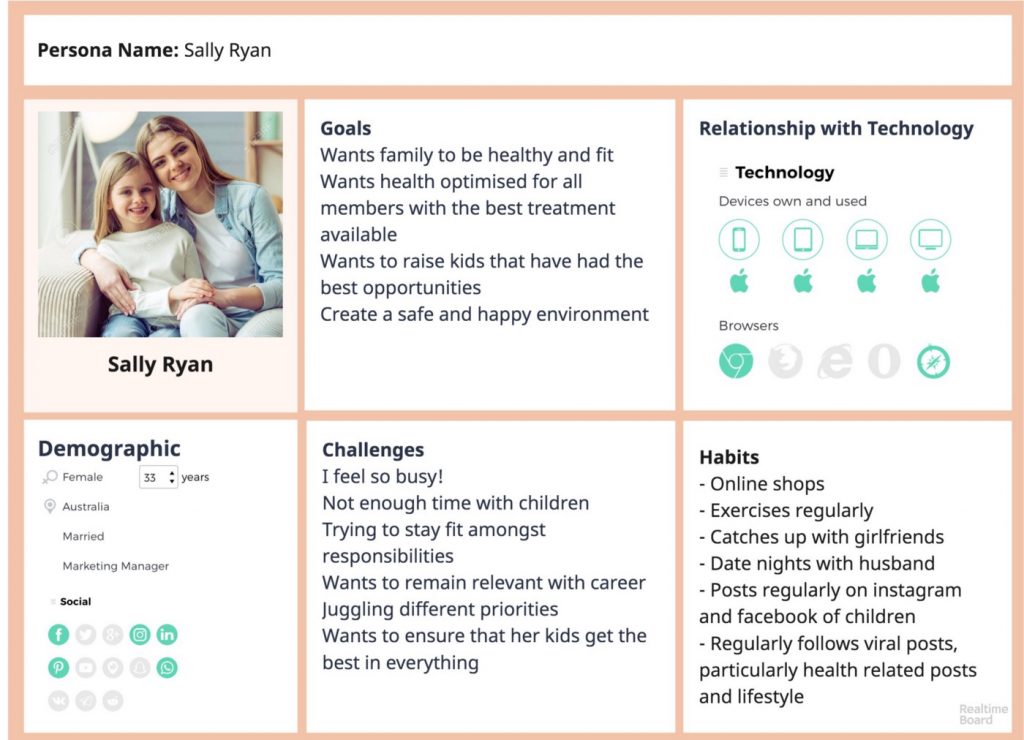![]()
Focus your practice’s digital messaging on the right people.
Do you know who your potential patients are? Not their age or gender or symptoms—valuable information to be sure, but that only tells you what they are, not who they are. That’s where personas come in.
Personas help fill in the gaps in your knowledge about potential patients, a combination of quantitative and qualitative information you can tap into to make improvements in everything to your website to how you find new patients. Without personas, all of your marketing efforts are based on nothing more than guesses and assumptions.
With the trend of improving patient experiences gaining ground over the years, the best thing you can do is demonstrate to potential patients that you understand them as people—their hopes, their fears, their motivations for finding care and the way they go about selecting the right provider.
What Is a Persona?
Like you, patients are so much more than their demographics. The more you can get to know them, the stronger your website and other marketing efforts will connect with them.
Personas dig a little deeper into the attitudes, values and preferences of potential patients. The idea is to build a profile that represents the “typical” patient or patient you want to attract. based on your specialty and your practice goals. Personas are built using research and are represented as an actual person, rounded out with their specific wants, needs and desires. In our experience building personas, practices will end up defining around 3-5 profiles, depending on the specialty and breadth of services offered.
Generally, a persona will include some or all of the following:
- A snapshot of who they are, their daily life and why what they are looking for in a healthcare provider
- The pain points they are dealing with when finding a provider
- Preferred media channels (such as email, TV, social media, text messaging)
You might be asking, “What about demographics?” It’s a great question. Modern persona research has moved away from putting demographics front and center, unless the research has shown that it’s important. Basically, we don’t guide the data; we let the data guide us.
Check out these examples:


(sources: UX Planet, Laurent Shirell)
How to Use Your Personas
Once your personas are complete, you’ll be surprised by how relevant and informative they can be. From a marketing perspective, they will help inform your website content, social media content and paid marketing efforts. Internally, you might find helpful insights on anything from how to answer phone calls to your new patient intake process.
Today’s patients are looking for a more personal connection with their medical providers. Personas help you understand who they are as people in addition to their file and use that insight to build an unrivaled patient experience from the first time they click on your website to every office visit.
Start by revisiting your messaging with your new patient segments in mind. Are you speaking to each persona in a way that resonates? Have you been skewing too much in one direction? With personas as your guidepost, you can carefully re-align your messaging and marketing to reach each segment.
